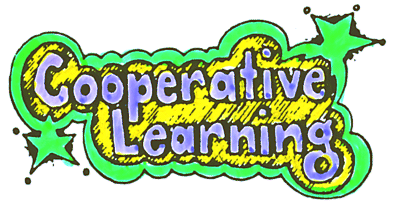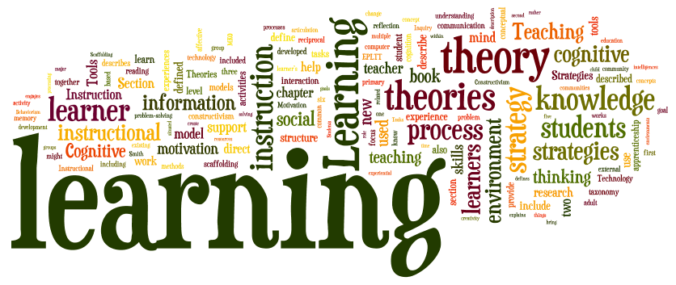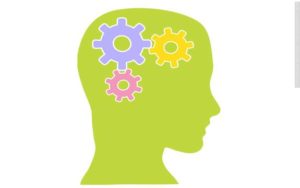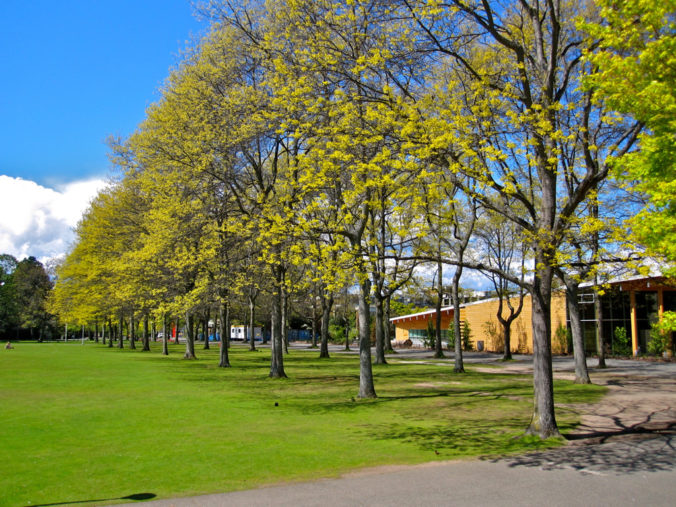Cooperative learning is a process that allows people to work together as a group to achieve the same goal. Commonly, some group members feel undervalued and inequality when their groupmates have strong abilities. They will lose confidence and passion in the end.
Five key elements distinguish cooperative learning from traditional putting students in a group. Firstly, positive interdependence means you success then your groupmate success and vice versa. They achieve the same result as “sink or swim together”. Secondly, individual accountability gives accountability to each member’s contributions, which solves slacking issues. Based on individual competence, more experienced group members help with other members on a group project to realize promotive interaction. The fourth element is the interpersonal skill. Group members should exert their social abilities to solve problems in the teamwork. For instance, group-trusting, conflict management, and decision making. A group project will move constantly and smoothly after developing these skills. The last one is group processing. All group members should be given time to realize how they process this project and what skills they gained, which is useful for the next group project.
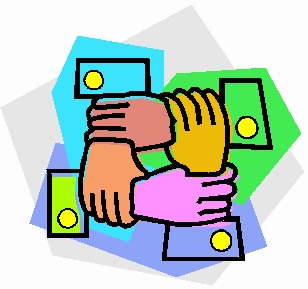
Photo by ROSS WICKENS
Our group topic is helping students to learn French effectively. Initially, language learning is boring. This process decreases students’ interests and passion for learning a new language. Teachers should provide a complete schedule to evoke students’ interests. Cooperative learning is a way that requires students to divide into small groups and work together. Through group chatting, each student exerts their learning abilities to help others. Teachers are welcomed to give tasks as a group presentation to deepen members’ relationships and promote better learning goals. Cooperation in language learning is essential. It benefits students who are shy or fear to talk on the class and provides opportunities to communicate in a small group. For those who are good at academic learning, they can act as teachers to teach others, which also strengthens their knowledge. While cooperative learning may not be useful to students who prefer to study alone, they used to practice by themselves. Teachers should combine with other strategies to enhance students’ learning activities.
Reference:
“What Is Cooperative Learning?” Cooperative Learning, 7 May 2018, serc.carleton.edu/introgeo/cooperative/whatis.html.
